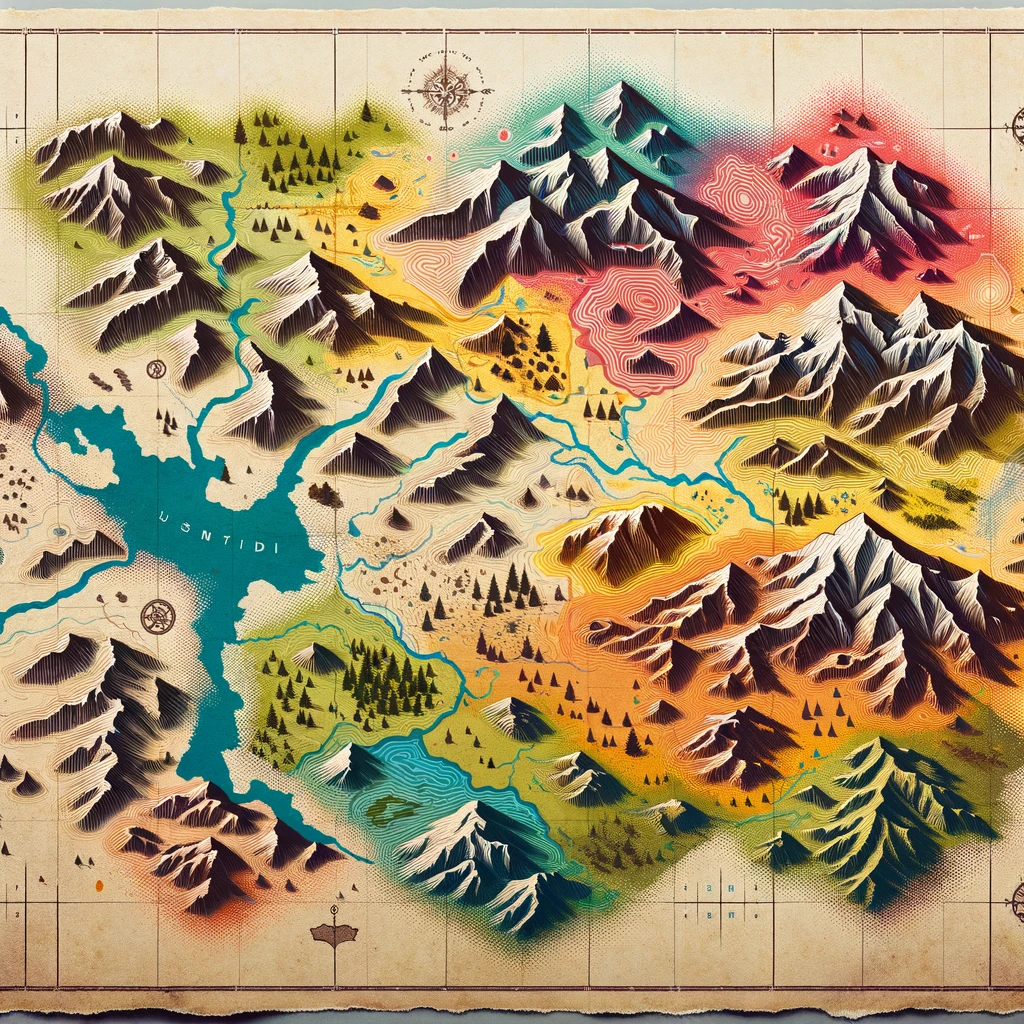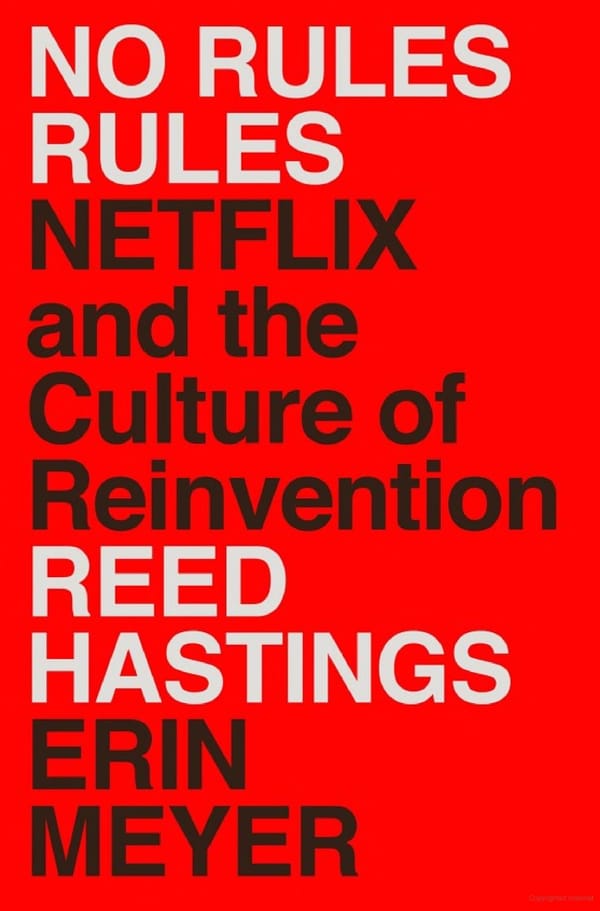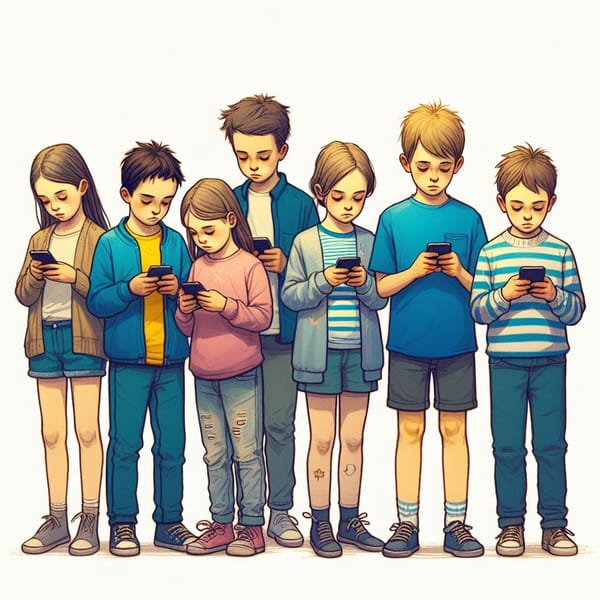The Culture Map
Erin Meyer's The Culture Map gives a way of understanding where cross-cultural collaboration may run into challenges. What is your 'water' and how does it hold you back?

The best new information for any predictive model of the world is the information that was missing before, but once available, allows you to segment your data in a meaningful way. And so it is with Erin Meyer’s The Culture Map.
I was reminded of David Foster Wallace’s commencement speech, where he said:
There are these two young fish swimming along and they happen to meet an older fish swimming the other way, who nods at them and says "Morning, boys. How's the water?" And the two young fish swim on for a bit, and then eventually one of them looks over at the other and goes "What the hell is water?”
Meyer referred to the same quote in the book. Despite spending some time living abroad, I still feel that this book highlights dimensions for which I had little awareness before. After reading, I now have more awareness of these implicit assumptions that govern my reality.
In Meyer’s book, there are 8 dimensions for working with others along with a brief summary of the recommended best practice:
- Communicating: low-context vs. high-context – how explicitly you need to state your intentions? Default to low context if working multiculturally
- Evaluating: direct negative feedback vs. indirect negative feedback – how do you give feedback? Don’t try to shift to another culture’s style
- Persuading: principles-first vs. applications-first – do you drive conclusions from examples or have to explain thought process and reasoning first? Cater to your audience to the extent you can
- Leading: egalitarian vs. hierarchical – can folks challenge the boss or is it a top-down, directive culture? When in doubt, cater to hierarchical style which has less downsides
- Deciding: consensual vs. top-down – is decision-making top-down or bottom-up? Both can work but a leader needs to communicate which process clearly
- Trusting: task-based vs. relationship-based – how do you build trust, is it via expertise or getting to know the person? Build on common interests and invest in relationships; when in doubt, follow the other person’s lead
- Disagreeing: confrontational vs. avoids confrontation – do you disagree in private or public? To take some sting out of your disagreement, you can use downgraders or say “let me play Devil’s advocate”
- Scheduling: linear-time vs. flexible-time – how precisely do you adhere to schedules and plans? What is the water and when is it late? An explicit discussion here is the most valuable as both sides see the other as inefficient.
After discussing these general tendencies and the importance of these dimensions, Meyer reminds us that every individual is different. We have much more commonly understood traits such as the big 5 personality traits (extraversion, agreeableness, openness, conscientiousness, and neuroticism). There is less language around culture and a lot more implicit assumptions get made. Still, the advice here is sound: take the time to get to know the person or people you are working with. It is an investment, but you’ll be able to uncover what their water looks like. It also underscores the importance of assuming good intent.
The book overall was an enjoyable read. I am wary of the scientific grounding for some of Meyer’s assumptions as related to history (frontier society for America, closed off for Japan; low institutional capability means low trust, etc) but it was a fascinating dimension to ponder. I’m also left wondering, for wherever I land on the scale, are there more adaptive ways of behaving? What would be better suited for an environment like our current one?
Here are some other quotes I really enjoyed:
You have to hear the whole sentence to understand in which context it has been used. For this reason, when speaking Japanese or Hindi, you really do have to “read the air” to understand the message.
High-context cultures tend to have a long shared history. Usually they are relationship-oriented societies where networks of connections are passed on from generation to generation, generating more shared context among community members.
No matter who you are working with or where that person comes from, you should begin any relationship with the desire to understand what is specific and unique to that individual. Don’t assume that you can determine anything specific about how they will think or behave from what you know about their cultural background.



